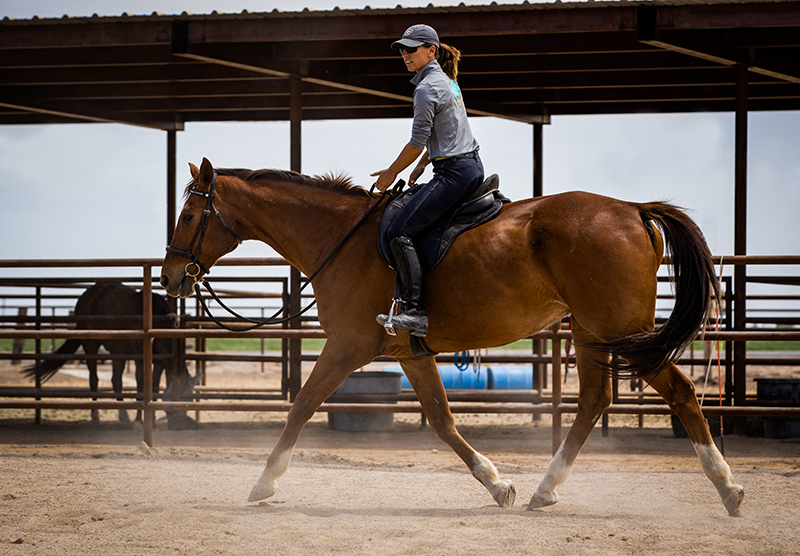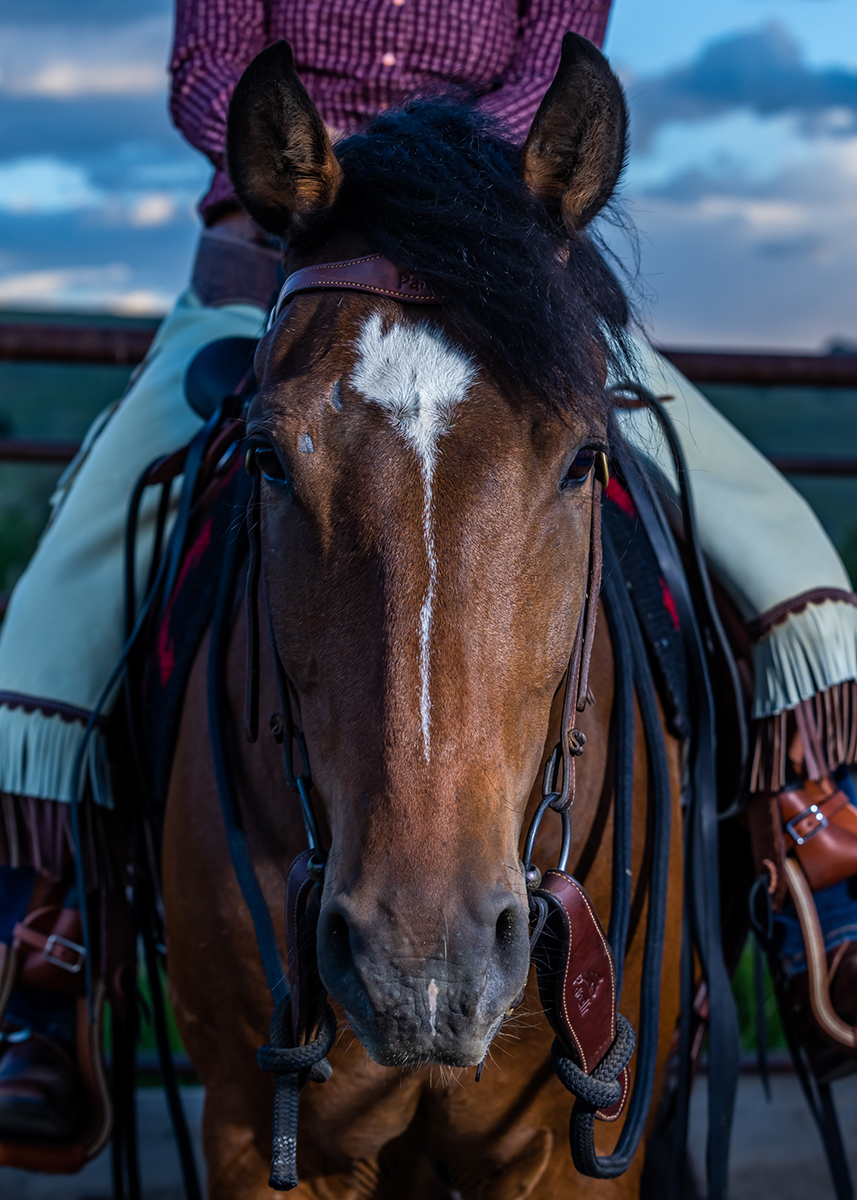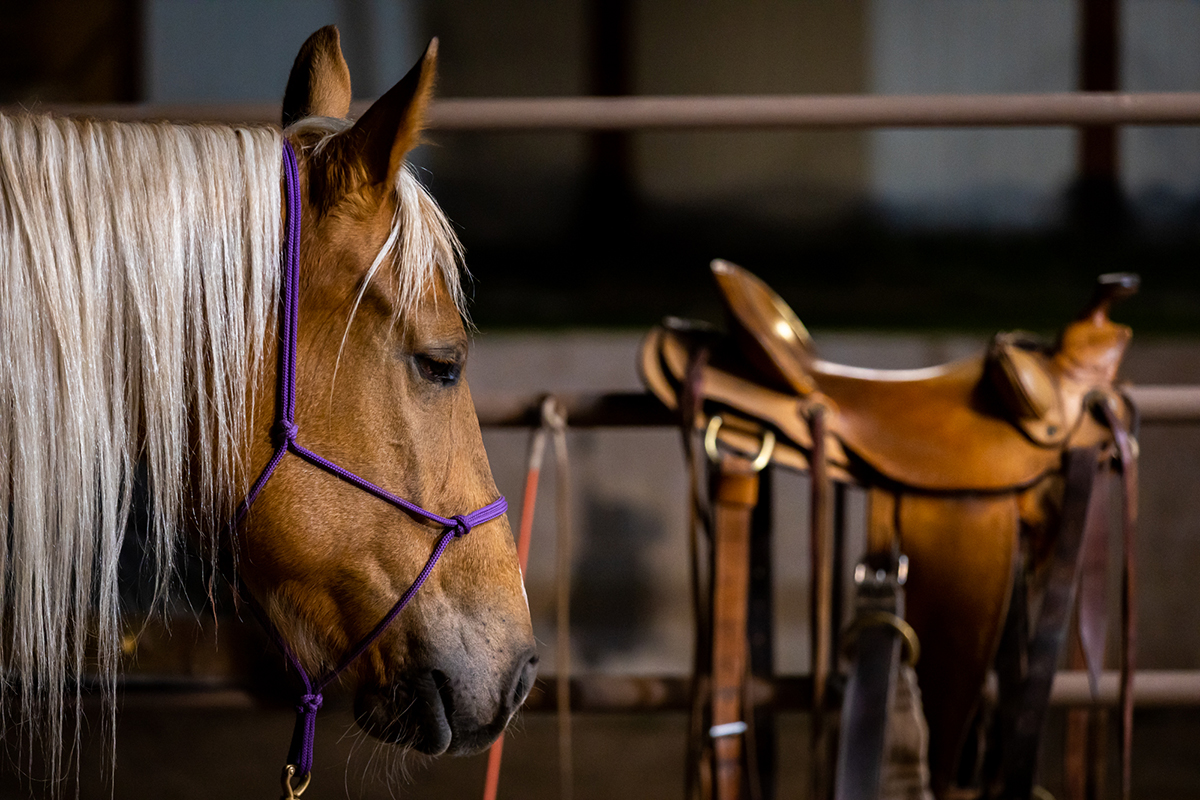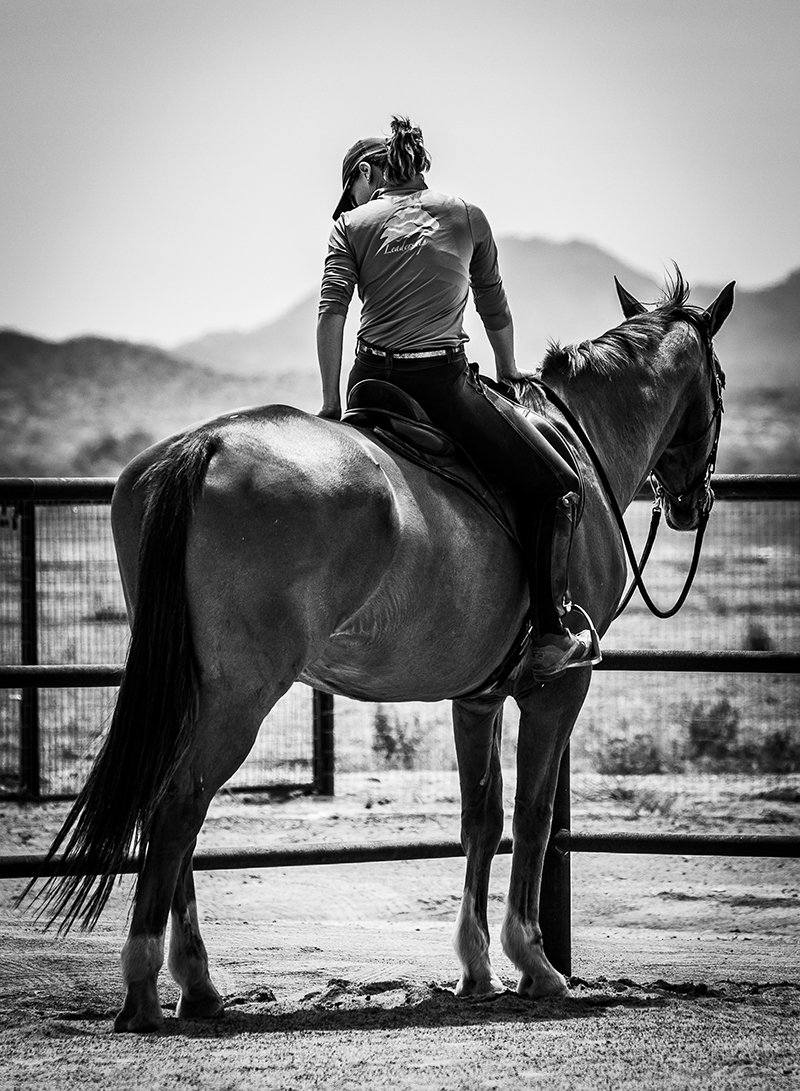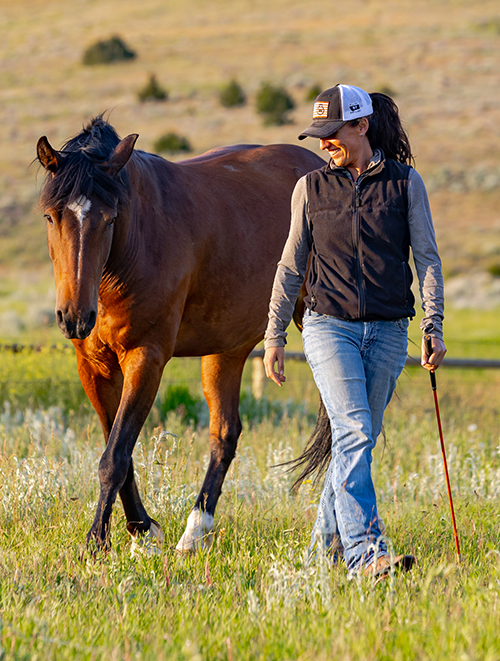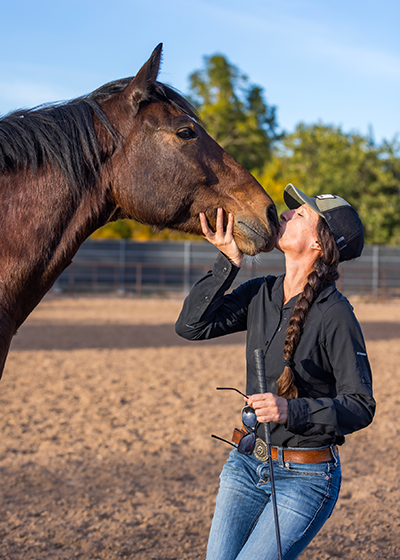Welcome to a fascinating exploration of ‘Horsenality’ – a concept that revolutionizes how we understand and interact with horses. Inspired by the work of Linda Parelli and Dr. Glenn Bradie, this guide delves into the world of horse personalities, drawing parallels with human traits and the natural elements of fire, water, air, and earth.
Understanding Horsenality:
Horsenality is based on the idea that horses, much like humans, have distinct personalities and behavioral tendencies. These can be influenced by innate characteristics, spirit level, learned behavior, and environmental factors. Recognizing these traits allows us as horsemen to adapt our approach, fostering a deeper understanding and a stronger connection with our equine partners. There are four main types of Horsenalites that horses all fit into. We have our Left Brain(logical/confident) and Right Brain(emotional/unconfident) horses. While also having our Extroverts(wants/needs movement) and Introverts(won’t/can’t move) horses.
The Four Quadrants of Horsenality:
- Left-Brain Extrovert: (Confident Mover) Our Earth Element. Confident and playful, these horses often exhibit behaviors that may be misinterpreted as naughty or disobedient. They are curious, like to explore with their mouths, and enjoy physical activities.
- Left-Brain Introvert: (Logical Stillness) An Air Element. Often labeled as lazy or dull, these horses are confident but prefer not to move much. They can be viewed as stubborn, preferring to stand their ground, and require motivational strategies to engage.
- Right-Brain Extrovert: (Emotional Mover) The Fire Element. These horses are less confident and highly emotional, often perceived as unpredictable. They tend to be reactive, often labeled as crazy and may exhibit explosive behavior when overwhelmed.
- Right-Brain Introvert: (Unconfident Stillness) A Water Element. Shy and reserved, these horses internalize their feelings, appearing calm but can be very hard to read. They require a gentle approach as they can be prone to sudden outbursts when pushed beyond their comfort zone.
Qualities of Each Horsenality Type:
- Left-Brain Extrovert: Brave and curious about the world, these horses seek and explore their environment outwardly. They have the brain to train, and are super-learners because they are already in a curious state of mind due to their confidence level. Horses that are Earth Elements tend to be exuberant, and they like movement and variety. This horse can use his playful nature to really benefit any horseman who is skilled enough to channel all the fervor.
- Left-Brain Introvert: The “chess players” and the deep thinkers of our horses live in this quadrant. They study and analyze their environment often. These horses are very level-headed and grounded in their energy. They are not easily rattled and can be extremely dependable mounts. Horses who are Air Elements have long attention spans and can easily outwit predators… or anyone acting like a predator). These horses are masters at finding comfort and the path of least resistance.
- Right-Brain Extrovert: Friendly and gregarious, the Fire Element horses are spirited and enthusiastic. Having the energy of the Energizer Bunny, these horses move easily through time and space and are often performance horses. Once focused, this horse’s power is truly wanting to connect to the tasks at hand. This horse’s “stick-to-it-ness” is rarely outmatched, with their commitment to “Try” for their partners.
- Right-Brain Introvert: The “Shrinking Violet” of the horses, this Water Element is the softest and kindest of the herd. They are very sweet, very quiet and can be extremely gentle. They can be exceptionally obedient, and be feather light in their movements. Stoic in their energy, they hold on to all of their emotions internally and tend to be the very empathic and even pensive with their energy.
Strategies for Each Horsenality Type:
- Left-Brain Extrovert: Focus on play and variety. Engage them with new and exciting challenges regularly to keep them interested and responsive. This type of horse is allergic to obedience and hates rules! You must make things a game for this horse, or else they will just be playing at your expense, instead of with you as a partner.
- Left-Brain Introvert: Use reverse psychology and motivational techniques. Offer incentives and breaks to encourage movement and participation. These horses are masters at getting the human to move their feet and do more work than necessary. Once you can get into their mind and give him puzzles to solve that cause him to think about your ideas, this horse becomes inspired to engage.
- Right-Brain Extrovert: This horse needs a focus for their innate liveliness. Prioritize consistency and pattern-based activities to instill a sense of safety. Affection and friendliness go a long way with this particular type of horse. Use gentle but exceedingly focused guidance to manage their energy and focus.
- Right-Brain Introvert: Emphasize a slow, patient approach. These horses have the capacity to be one of the most united partners out there. So when you think you are going slow enough, go slower. Break tasks into small, manageable steps and avoid overwhelming them with too many demands at once. It will pay off.
Adapting to Your Horse’s Needs:
Understanding your horse’s Horsenality is crucial in developing effective training and communication methods. It’s important to remember that horses can exhibit traits from different quadrants depending on their mood, environment, and stress levels. Horses can also live on “the cusps” of two quadrants as well. Always be observant and ready to adapt your approach to meet your horse’s needs at any given moment. The goal is to help every horse become a more centered individual. These strategies and examples are meant to help guide you in supporting your horse as a learner and partner.
Recognizing and adapting to your horse’s Horsenality paves the way for a harmonious and respectful relationship. By understanding these personality or “Horsenality” types, we can become better, more empathetic horsemen, able to effectively communicate and connect with our equine partners.





